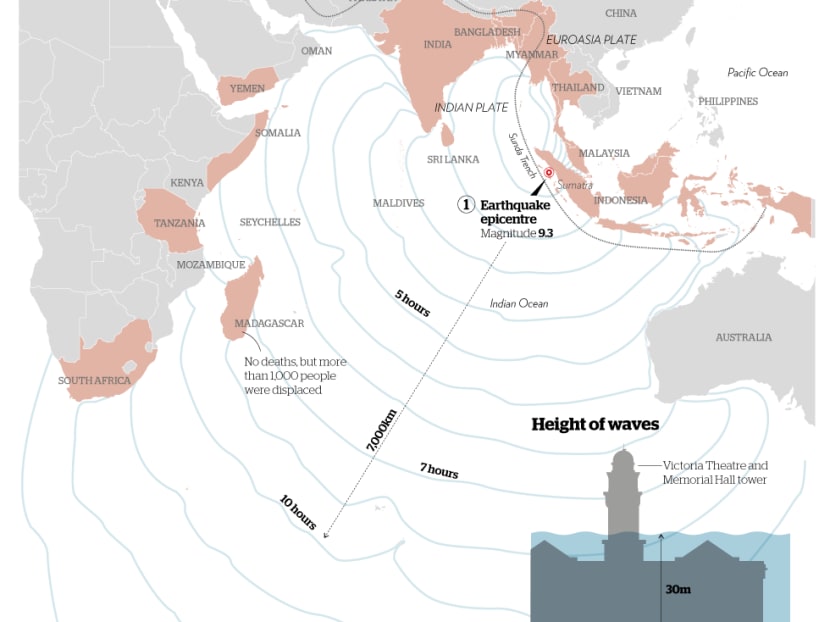Rebuilding Aceh, 10 years after tsunami
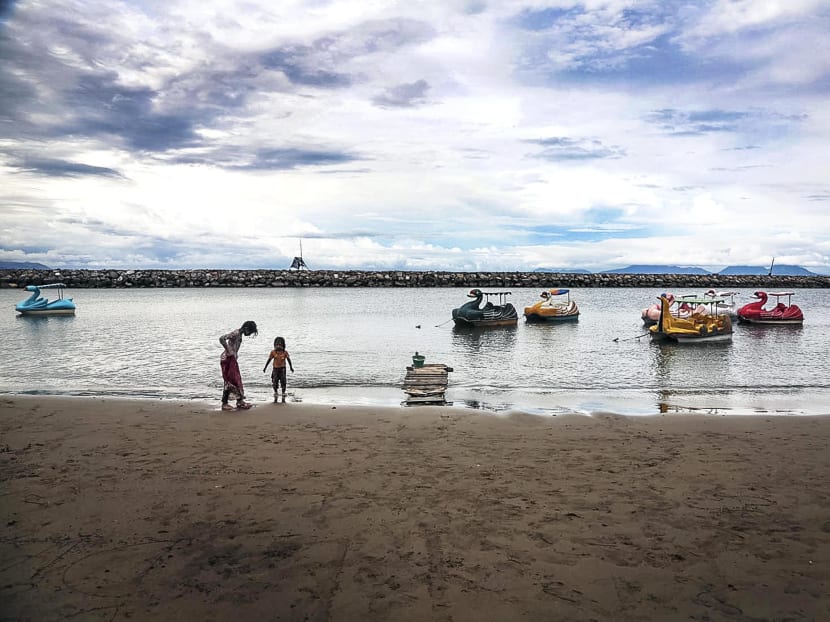
Girls play on a beach of a lagoon at Ulee Lheu in Banda Aceh, 26 November 2014. The lagoon was formed by the building of a breakwater that was built after the tsunami. Photo: Raj Nadarajan
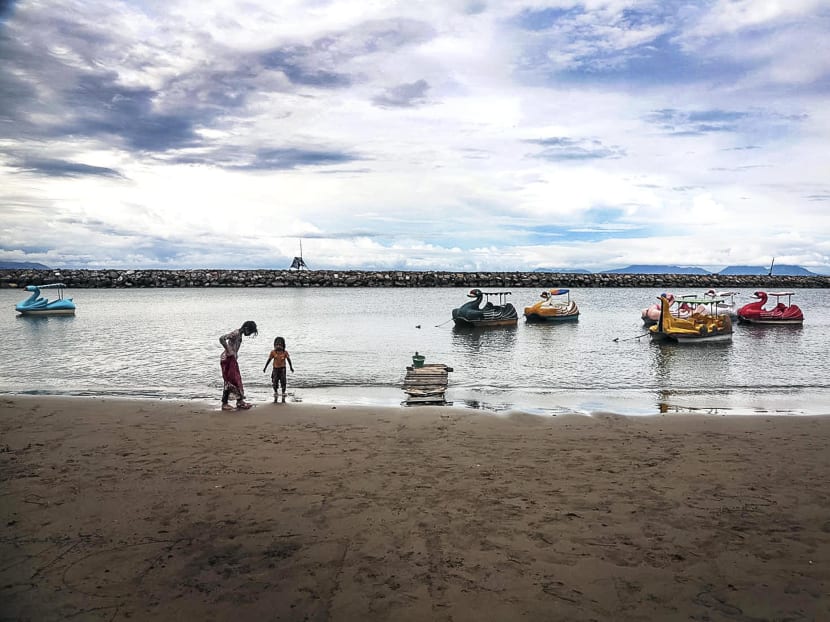
BANDA ACEH — Arriving in Aceh, one does not feel that this was ground zero of one of the world’s worst natural disasters 10 years ago, when a magnitude 9.2 earthquake triggered a tsunami from the Indian Ocean.
Waves as high as 30m crashed onto Banda Aceh — the closest to the epicentre of the quake — wiping out villages. More than 167,000 people in the Indonesian province were killed or went missing and 500,000 were left homeless. The tsunami on Dec 26, 2004, took away some 230,000 lives in 14 countries.
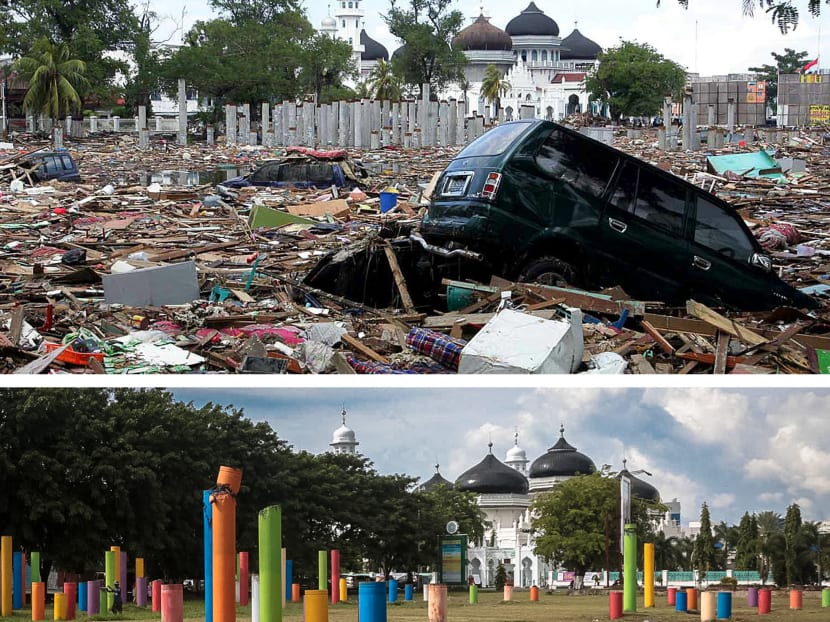

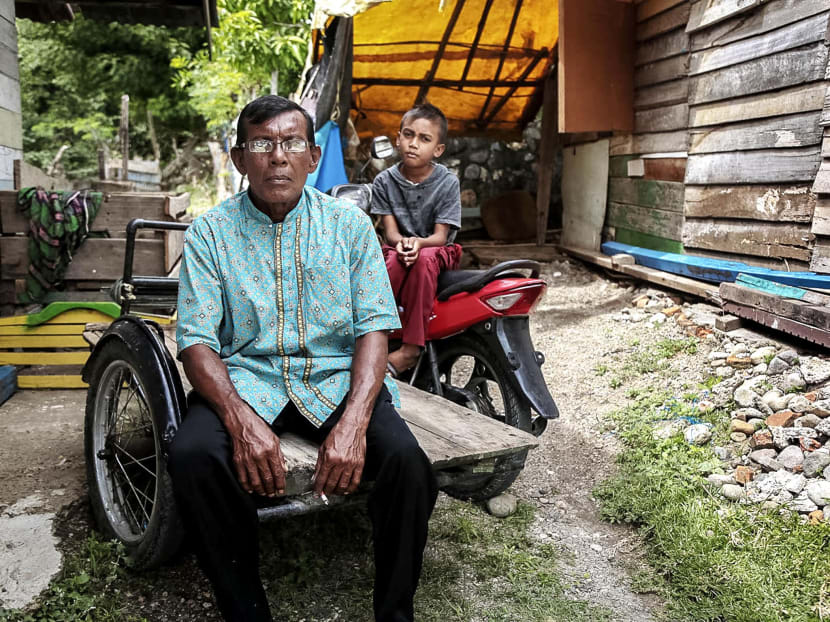
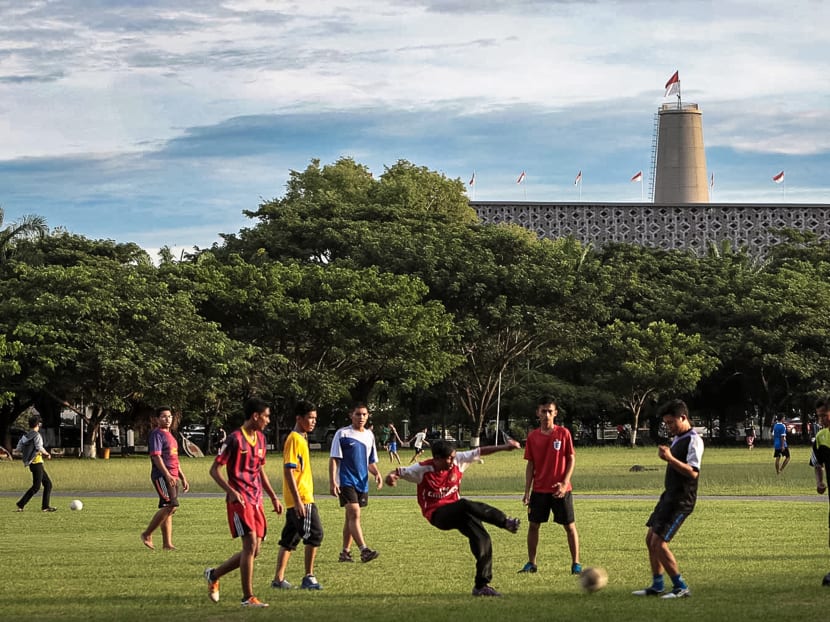
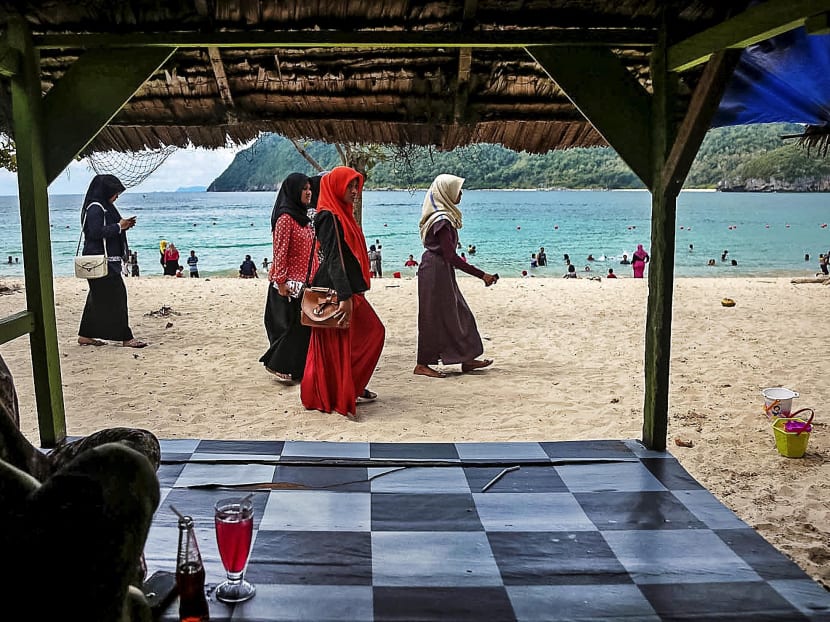
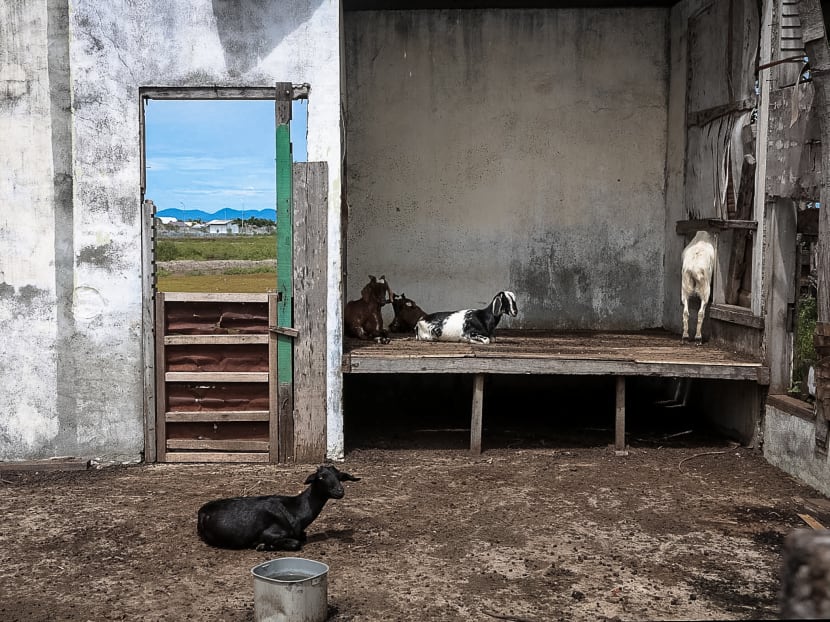
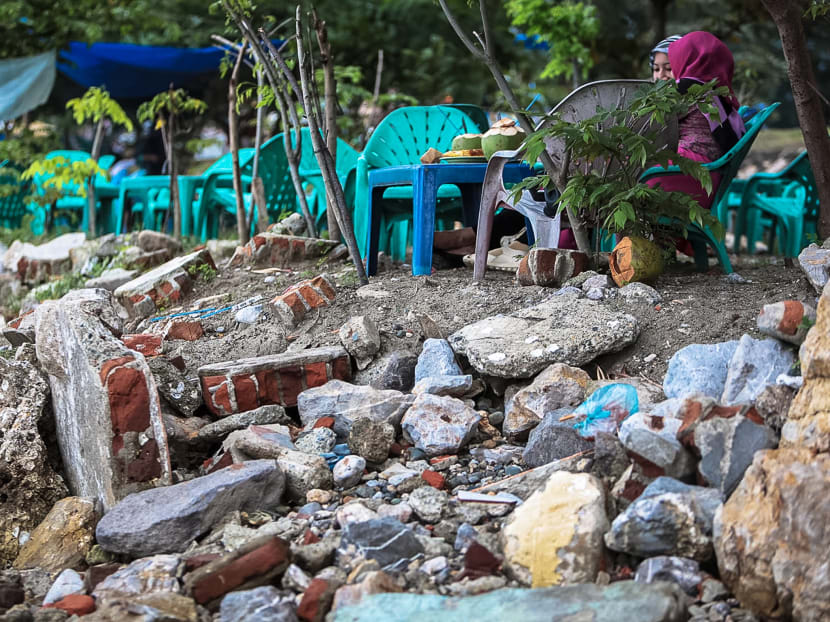
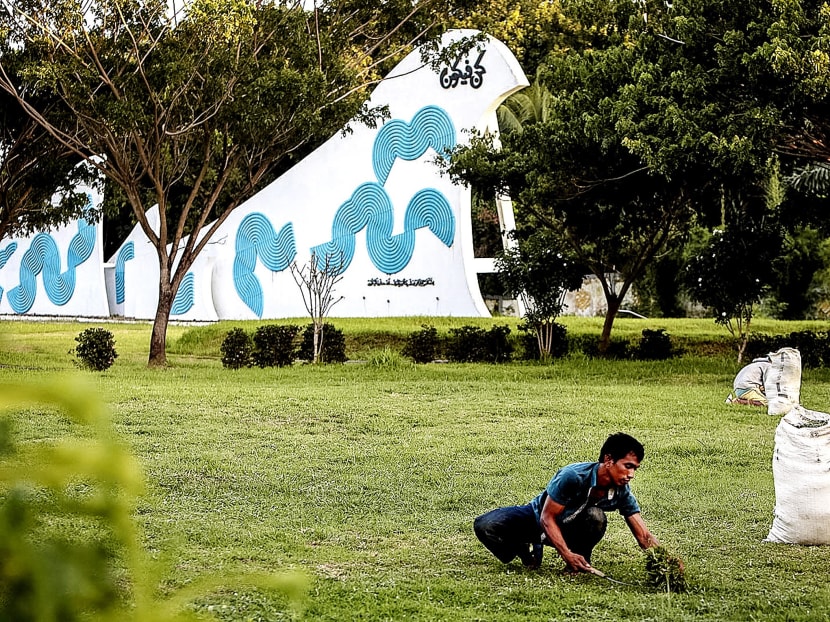


The Indian Ocean earthquake in 2004 off the West Coast of Sumatra measured 9.2 on the Richter scale. It was the third-largest ever recorded and the amount of energy the undersea earthquake released was 1,500 times that of the Hiroshima atomic bomb. The abrupt vertical movement in the seabed caused by the earthquake unleashed massive seismic tidal waves, which killed 230,000 people in 14 countries on the Indian Ocean. Tsunami waves were observed on shores as far as South Africa and Antarctica. The event is one of the deadliest natural disasters in history.
